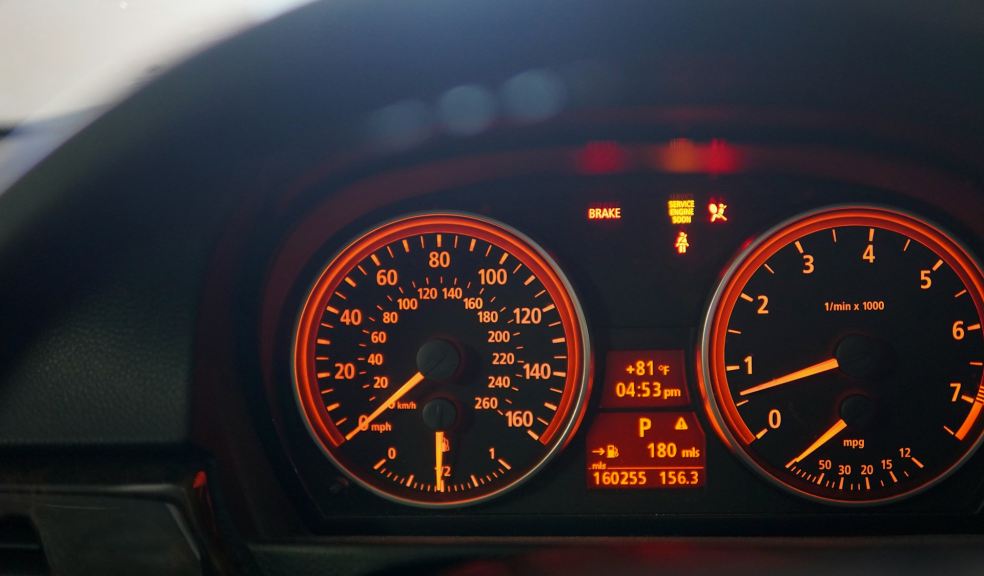
Hidden Risks When Buying a Used Car in Devon
At a glance: 4 essential steps
- Verify the car identity and MOT history before you view it.
- Inspect documents and the car in daylight. Compare VIN, V5C and service records.
- Run a complete vehicle history report covering finance, theft, write offs and mileage anomalies.
- If any red flag appears, walk away. No bargain beats losing your money or your safety.
Introduction
Devon buyers face the same traps as everyone else, whether you are viewing in Exeter, Plymouth, Torbay or a village lay by. The fix is simple. Start with facts. Pull a complete vehicle history report from Car Owl's car history check to see finance, theft, write off and mileage issues before you waste time. Use evidence first, not hope.
The real problem most buyers miss
Most buyers jump from advert to viewing. That is where mistakes happen. Align three things before you commit.
- Identity. The car must be the car on the V5C and MOT history.
- Legality. No outstanding finance, no theft markers, no false plates.
- Evidence of use. Service history, MOT mileages, invoices.
If these do not line up, you walk. You are buying lawful rights to use a specific asset. Anything that breaks those rights destroys value on the spot.
Cost and risk at a glance
|
Risk |
What happens |
Typical loss if you miss it |
|
Outstanding finance |
Lender repossesses car |
£3,000 to total price |
|
Theft or cloning |
Police seize car |
Total price |
|
Category S or N without proof |
Safety, resale, insurance issues |
15% to 40% of value |
|
Mileage rollback |
Overpay and hit early failures |
£1,000 to £4,000 |
|
Missed belt and fluids |
Engine failure risk |
£400 to £1,000 belt service, £3,000+ if it snaps |
Hidden risks that kill value
Outstanding finance
If the car has active finance, the lender can repossess it. You lose the car and your money. Treat this as a hard stop. A proper report will show the finance and the finance house. If the seller claims it is settled, demand a dated settlement letter from the lender that names the vehicle by reg and VIN. No letter means no deal.
Theft or cloning
A stolen or cloned car will be seized. Check registration and VIN against the V5C and the MOT history. Confirm the VIN on the chassis stamp and the windscreen tag match each other and match the V5C. Any mismatch or tampered stamp is a stop now.
Write offs and structural repairs
Category S is structural damage. Category N is non structural. Both reduce resale value and can affect safety and insurance. Only proceed if you see full photo evidence of damage, full parts and labour invoices, and a geometry report after repair. If the seller cannot prove quality of repairs, price it as a parts car or walk.
Mileage manipulation and servicing gaps
Mileage drops or sudden jumps are classic fraud signals. Cross check MOT mileages with service invoices. If there is a two year gap with no servicing and the car claims low miles, expect deferred cost to land on you. Treat unexplained anomalies as a fail.
Recalls and maintenance neglect
Safety recalls are free to fix but only if you get them done. Check recall status by VIN and insist the seller completes open recalls before sale or reduce the price to cover your time and risk. Missed timing belt or fluid changes mean you pay soon. No proof equals due now.
A disciplined framework that works
Step 1. Pre purchase validation
Ask the seller for the registration, make, model and MOT test number. Check the MOT status and history before you view. If the model or colour does not match the advert, or the history looks wrong, do not book a viewing.
Step 2. Evidence first, emotions later
Run a full history report before you travel. Screen for finance, theft, write off category and mileage anomalies. If clean and the price fits the age, condition and history, proceed. If not, move on.
Step 3. On site inspection with hard thresholds
- Identity: VIN on chassis, windscreen and V5C must match exactly.
- Warning lights: at ignition all lights on, at idle all lights off. Photograph both states.
- Tyres: legal minimum is 1.6 mm. Budget for tyres at 3.0 mm or less. Check for uneven wear.
- Brakes: feel for judder under firm braking from 50 mph. A heavy lip on discs often means new discs and pads soon.
- Steering and suspension: full lock both ways in a tight circle. Knocks or creaks mean worn joints or top mounts.
- Fluids and leaks: fresh wet oil under the car or on the block is a red flag.
- Test drive route: cold start, 30 mph urban, 60 mph A road, full lock turns in a car park, firm straight stop from 50 mph.
- OBD check: plug a basic reader and scan for stored and pending codes.
- Timing belt rules of thumb: if the engine uses a belt and there is no invoice, assume due at 5 years or 60k miles.
Step 4. Paperwork discipline
Keep the advert, invoice and any warranty. Seller ID must match the V5C name and the address where the car is stored. Private sale means limited rights. Trader purchase gives rights under the Consumer Rights Act 2015. Use a traceable bank transfer to the named seller. No cash. No gift cards.
Step 5. Walk away rule
If identity, legality or condition fails at any point, walk. Your power is the ability to leave, not to argue.
Sample MOT mileage discrepancy table
Use this logic. Small year to year swings are normal. Drops are not.
|
MOT date |
Recorded mileage |
|
12/09/2019 |
62,410 |
|
10/03/2020 |
74,220 |
|
15/03/2021 |
81,005 |
|
18/03/2022 |
68,950 [drop, red flag] |
|
20/03/2023 |
89,430 |
If mileage decreases between MOTs, demand a documented cluster replacement or clerical correction that explains the numbers. No proof means walk.
Further reading
Conclusion
Speed creates losses. Follow the sequence. Validate identity. Pull the data. Inspect with thresholds. Control the paperwork. Be willing to walk. That is how you avoid paying for someone else's problem and get a car that holds its value and keeps you safe.











